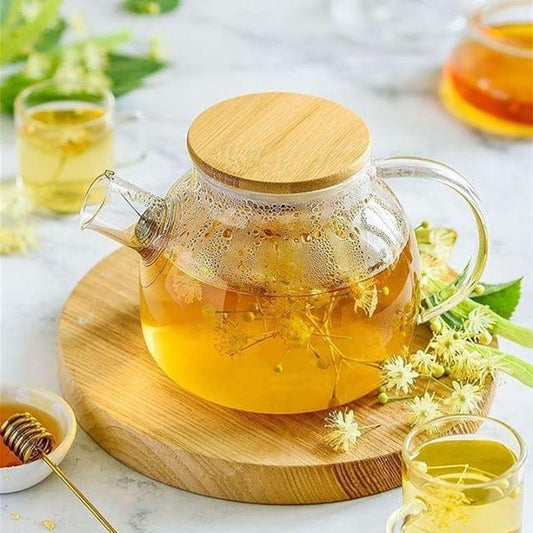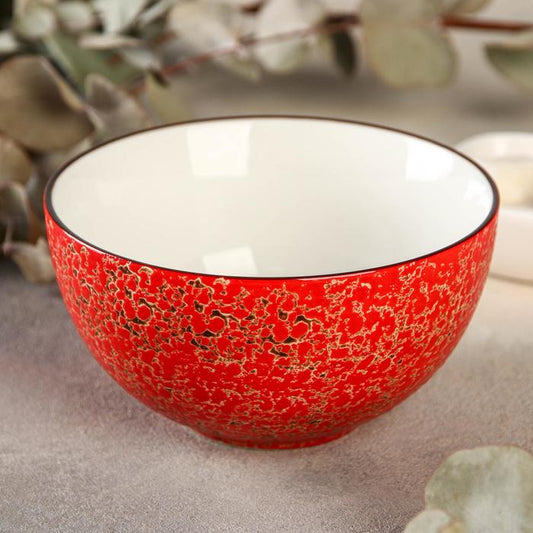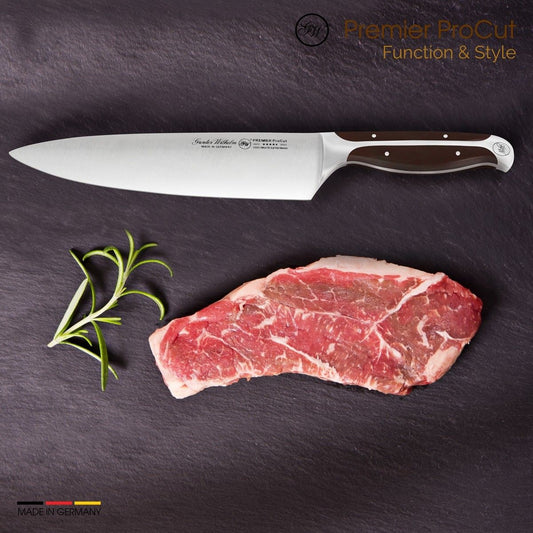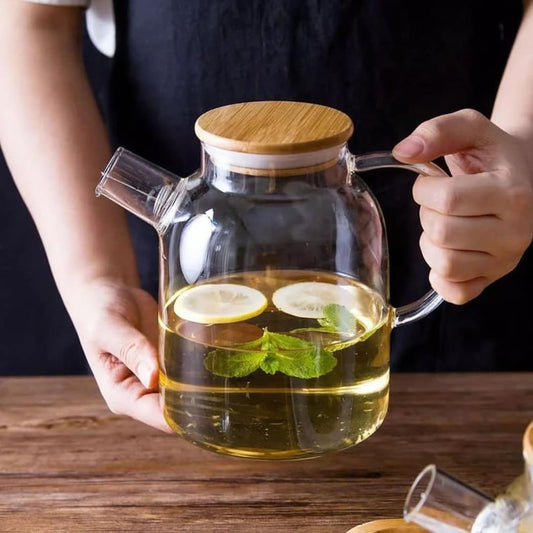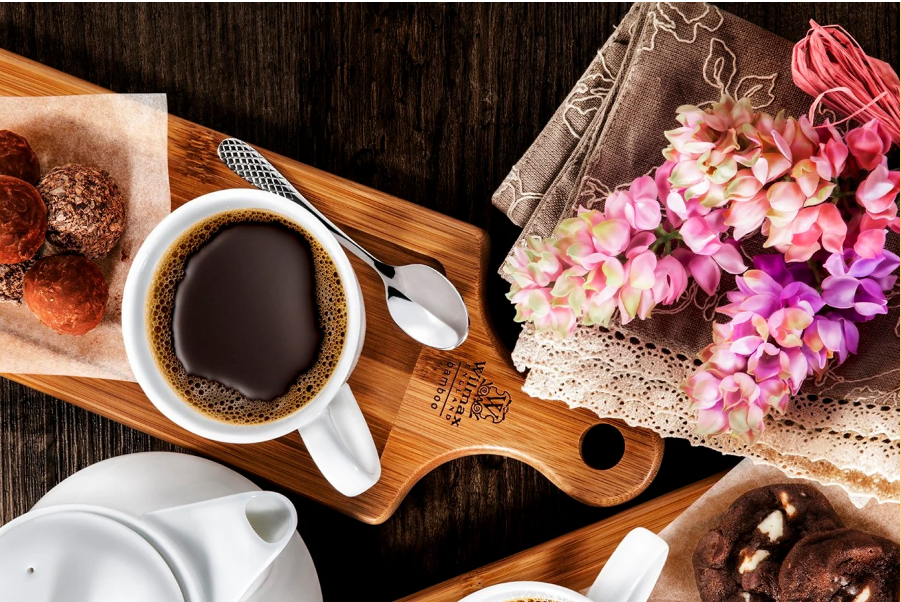Zero-Waste Cooking: How to Make Delicious Meals Without Trash 🌿♻️🍽️
Food waste isn’t just bad for your wallet—it’s bad for the planet. Yet every day, we toss perfectly usable ingredients into the trash without a second thought. Zero-waste cooking is a practical, creative, and delicious way to break that habit.
By rethinking how we shop, prep, and cook, we can create meals that are full of flavor—and nearly free of trash.
Why Zero-Waste Cooking Matters 🌍💚
-
Reduces greenhouse gas emissions from food waste in landfills.
-
Saves money by using all parts of the food you buy.
-
Encourages creativity in the kitchen with resourceful, flavor-packed recipes.
-
Supports sustainability and a more conscious way of living.
1. Plan Ahead and Shop Smart 🛒📋
Zero waste starts before you cook.
-
Make a meal plan and shopping list based on what you already have.
-
Buy loose produce to avoid excess packaging.
-
Choose reusable produce bags and containers.
-
Buy only what you’ll use—bulk bins are your best friend!
2. Use Every Edible Part of the Ingredient 🍠🥦
The “scraps” you usually throw out? Many of them are packed with nutrients and flavor.
-
Broccoli stems → great for slaws, stir-fries, or roasted as fries.
-
Carrot tops → blend into pesto or toss into stocks.
-
Onion skins → simmer in homemade broth for a deeper flavor.
-
Citrus peels → candy them, zest them, or infuse into vinegar.
3. Master the Art of Leftover Reinvention 🍳🥗
Get creative with what’s left in your fridge!
-
Leftover rice → fried rice, stuffed peppers, or rice pancakes.
-
Old bread → breadcrumbs, croutons, or French toast.
-
Vegetable ends → collect in the freezer for future soup stock.
-
Overripe fruit → smoothies, muffins, or natural sweeteners in sauces.
4. Compost the Rest (When You Can) 🌱🪱
Some waste is unavoidable—but it doesn’t have to go to a landfill.
-
Compost fruit and veggie scraps, eggshells, coffee grounds, and even paper towels.
-
No outdoor space? Try indoor or balcony composting bins.
-
Check local compost drop-offs or community gardens.
5. Zero-Waste Meal Ideas to Try 🍲✨
-
Kitchen Sink Soup: Use leftover veggies, grains, and stock for a hearty, no-waste meal.
-
Veggie Scrap Stir-Fry: Don’t toss those stalks and stems—stir-fry them!
-
All-Greens Pesto: Use carrot tops, beet greens, or radish leaves with nuts and olive oil.
-
Frittata Friday: Eggs + whatever’s in the fridge = magic.
-
Crumb-Crusted Veggies: Use stale bread crumbs or cracker bits to crust roasted vegetables.
6. Set Up a Zero-Waste Kitchen 🧼🍳
-
Use cloth towels instead of paper.
-
Store food in glass jars and silicone bags.
-
Keep a “use me soon” bin in the fridge to reduce spoilage.
-
Freeze ingredients in portions to avoid waste later.
Final Thoughts: Cook with Intention, Waste Nothing 🌟🥬
Zero-waste cooking doesn’t have to be extreme or complicated. It’s about respecting your ingredients, getting a little more creative, and being mindful of what you throw away.
Every carrot top pesto, every crouton from stale bread, every homemade stock from scraps—it all adds up to less waste, more flavor, and a kitchen that does good while tasting great.
So next time you cook, ask yourself: What else can I do with this?
The answer might surprise—and delight—you.
Share:

